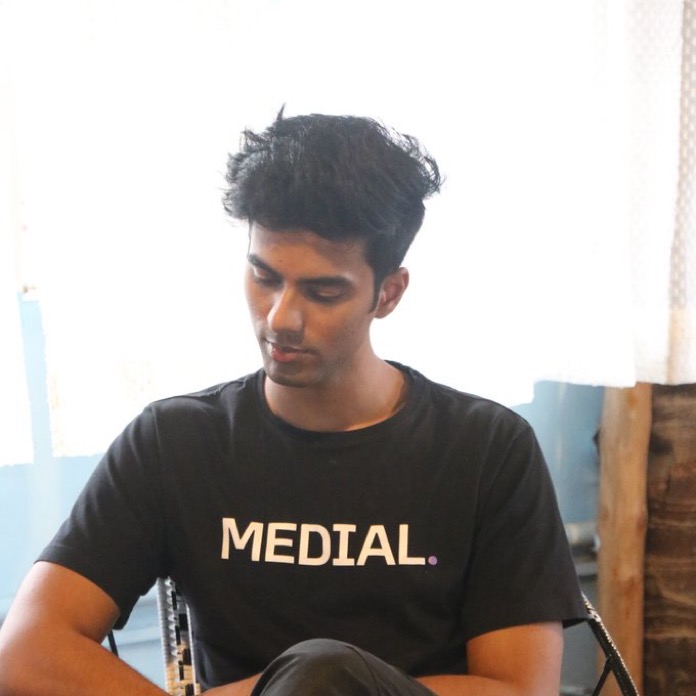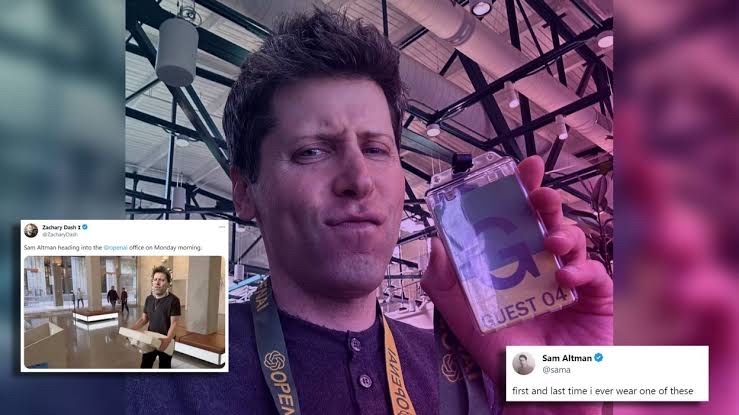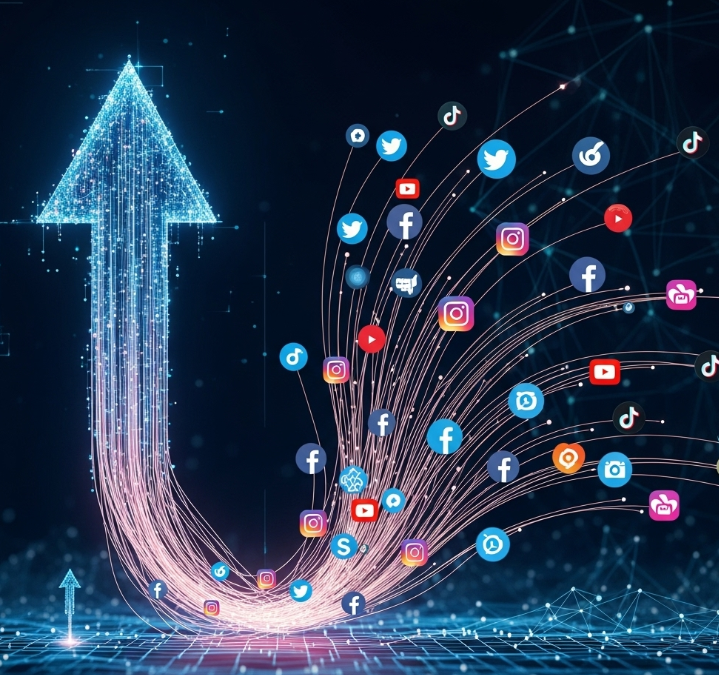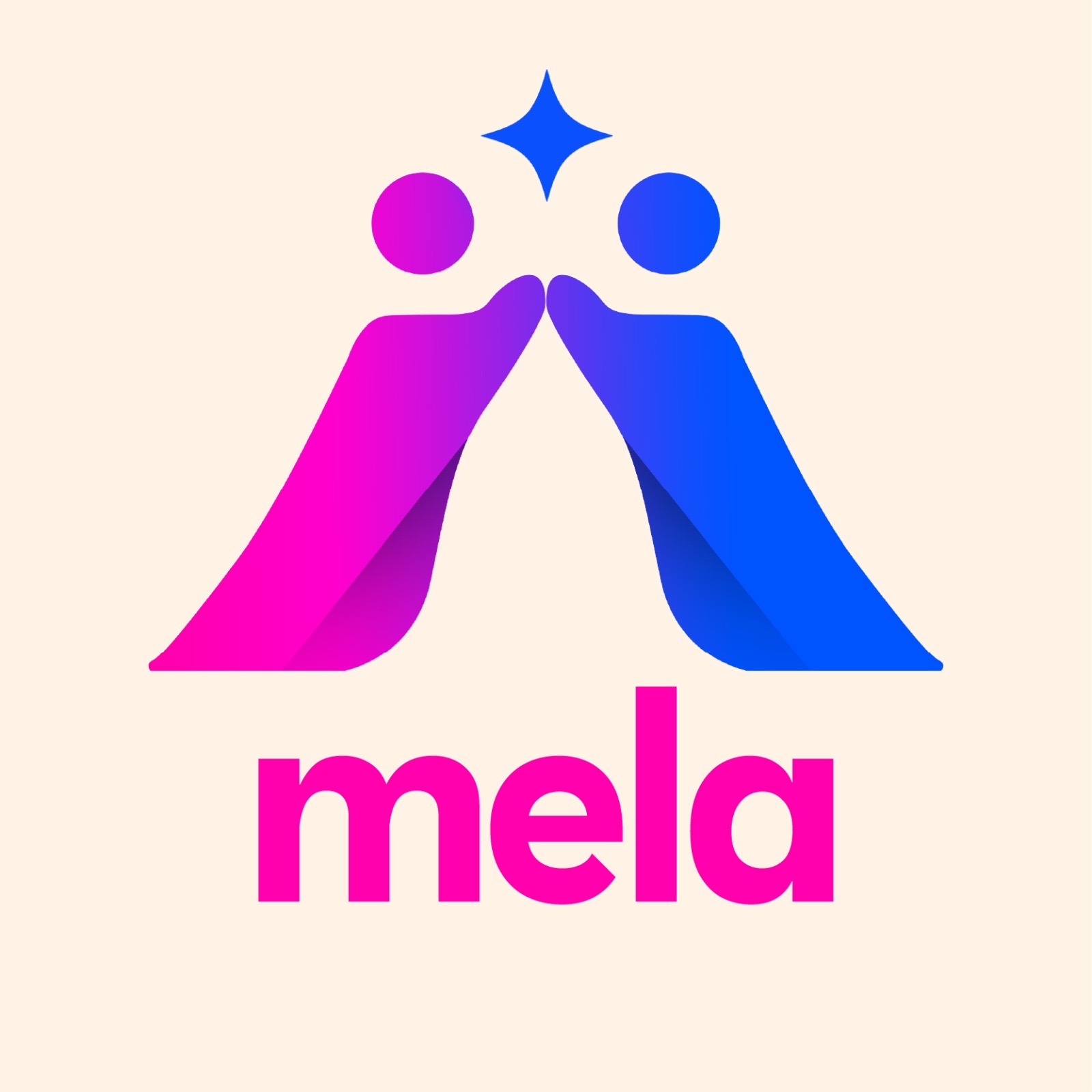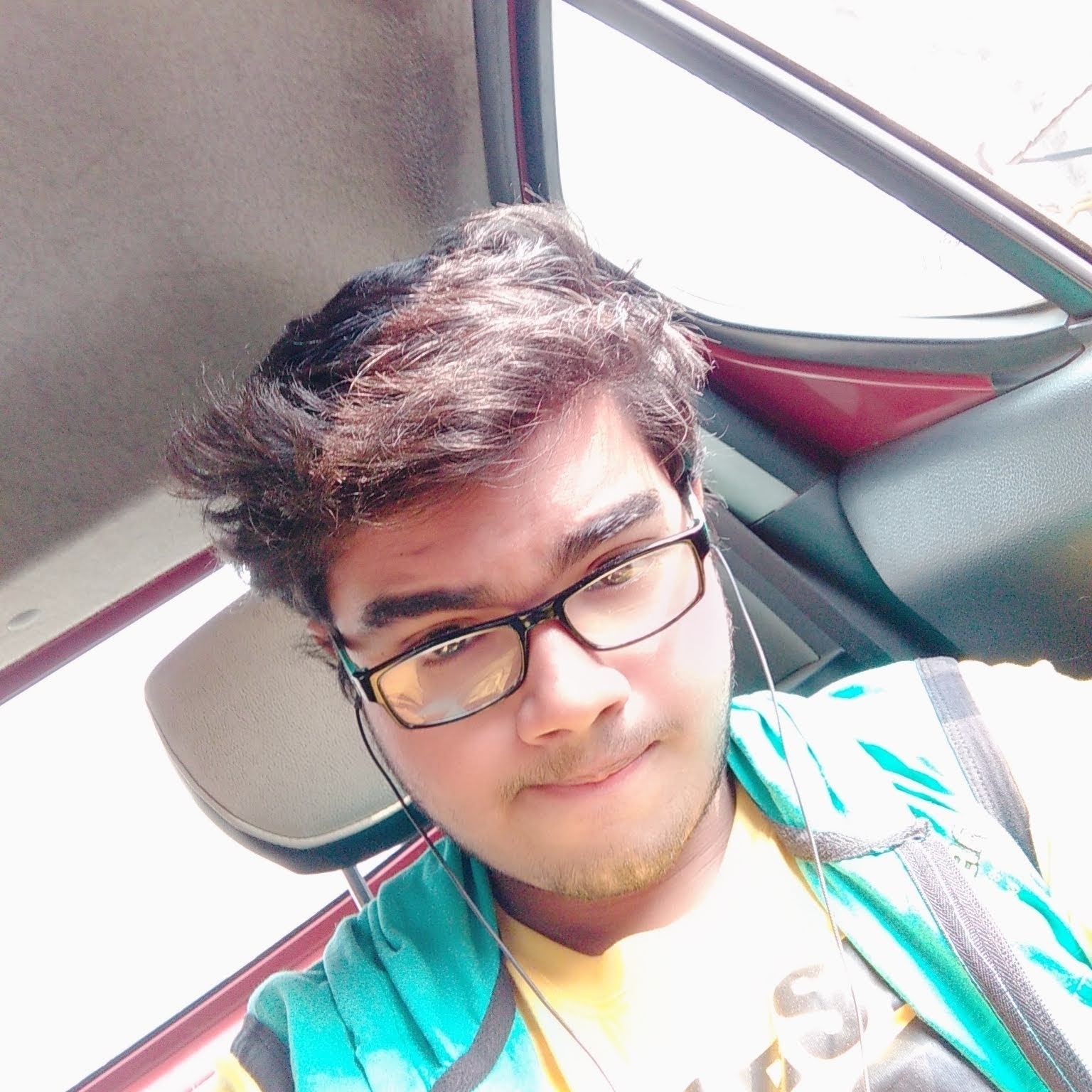Back
Harsh Dwivedi
•
Medial • 8m
It has never been easier to make your product go viral. So many TikTok playbooks, Instagram influencer hacks, Reddit, X and other ways exist to blow up installs/users. A lot of these didn't exist before, and virality, mostly occurred through the product’s viral loops which were still product-led. Virality hurts much more because it gets you users who didn't want your product in the first place, ruins all your core metrics and hurts the tone of your platform (if it has a community angle). But building a retained user base has been as tough as it always was. It still takes a very good product to deliver month-on-month growth, engagement, and user loyalty. Product-led growth might be slower but much more sustainable. It helps you iterate, take feedback, set the platform’s tone and focus on things that are working. The users are fewer but much more serious, and they can give you the direction/future of your product. Even in monetisation this leads to a much higher percentage of paying users. It's a trade-off between quality of users and number of users. That's why I am learning much more about creating repeatable ways of acquiring users instead of chasing instant virality. That's something I have learnt seeing multiple products around me that went viral and flopped even faster (read: Airchat). I have tasted that virality myself before. Here are the things to prioritise: - building viral loops within the product - repeatable and scalable ways of acquiring users - retentive channels of acquisition over top of the funnel spikes - user NPS (net promoter score) - major focus on frequency and retention of acquired users. There are multiple exceptions based on the product and no hard rule for anything. But this holds true for most of the things built for long-term.
Replies (7)
More like this
Recommendations from Medial
Account Deleted
Hey I am on Medial • 6m
Nikita Bier costs $10k for a hour long advisory session - here’s a free ChatGPT prompt for assessing the virality of your app instead: Analyze my app’s current UX, UI, and social architecture through the lens of engineered virality, meme-driven dis
See MoreDownload the medial app to read full posts, comements and news.


